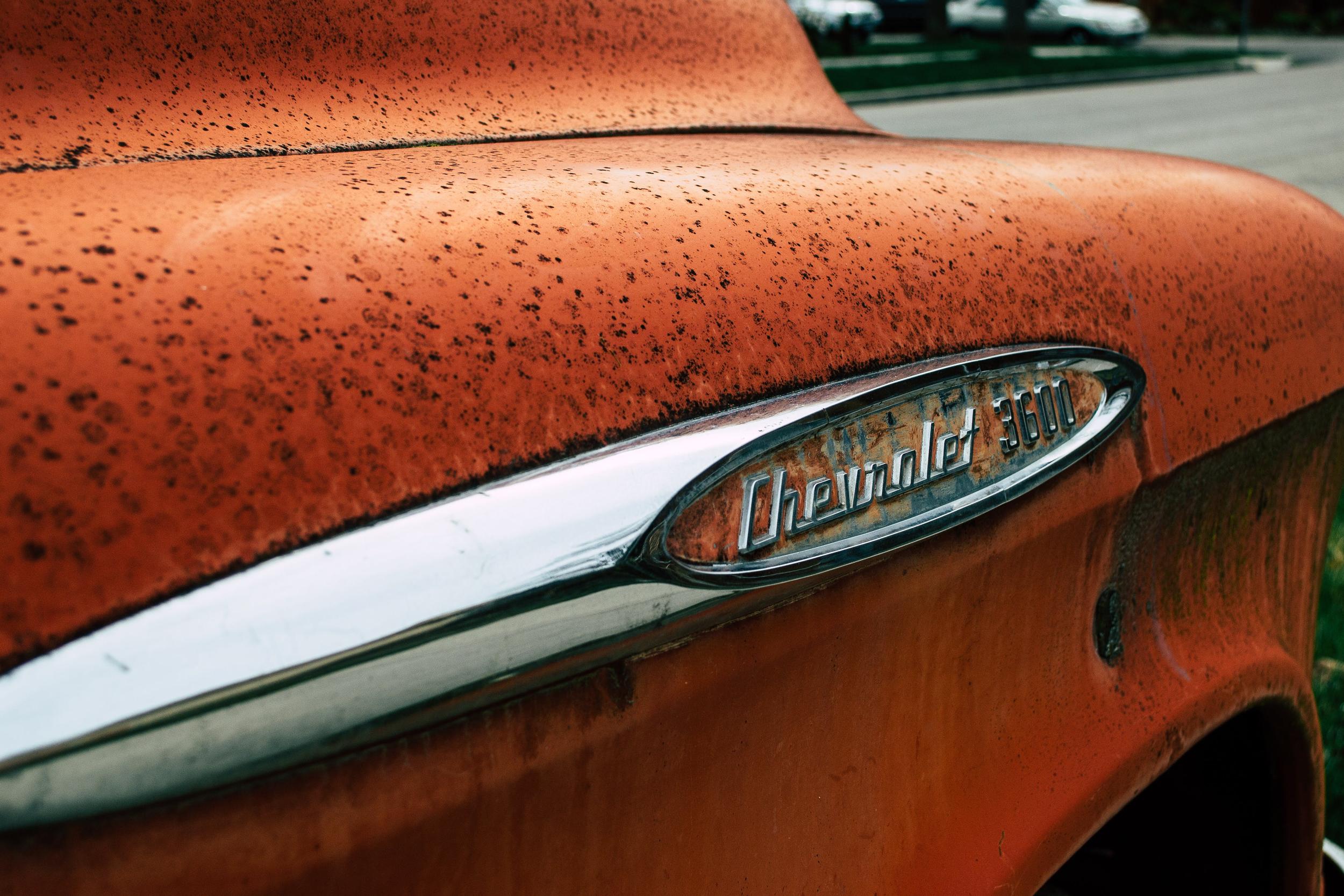Chevrolet, a marque synonymous with American automotive prowess, has been at the forefront of muscle car culture for decades. Each era of Chevy muscle cars brings its own charm, performance benchmarks, and technological advancements.
Each of these vehicles exemplifies the spirit and evolution of Chevrolet’s muscle cars through the decades. They reflect the changing tastes, technologies, and challenges of their respective eras, yet all share the unifying thread of Chevy’s commitment to performance and style. Understanding these vehicles’ place in history not only enhances our appreciation for them but also provides a lens through which to view the ongoing evolution of automotive culture and technology. Let’s journey through time, exploring the best Chevy muscle cars from the 1960s to the today, focusing on one standout model from each decade.
| Decade | Chevy Muscle Cars | Years |
|---|---|---|
| 1960s | Chevrolet Camaro SS | 1967-1969 |
| 1970s | Chevrolet Chevelle SS 454 | 1970 |
| 1980s | Chevrolet Monte Carlo SS | 1983-1988 |
| 1990s | Chevrolet Camaro Z28 | 1993-1997 |
| 2000s | Chevrolet Camaro SS | 2010 |
| 2010s | Chevrolet Camaro ZL1 | 2012-2015 |
| 2020s | Chevrolet Corvette Stingray (C8) | 2020-Present |
1960s: Chevrolet Camaro SS (1967-1969)
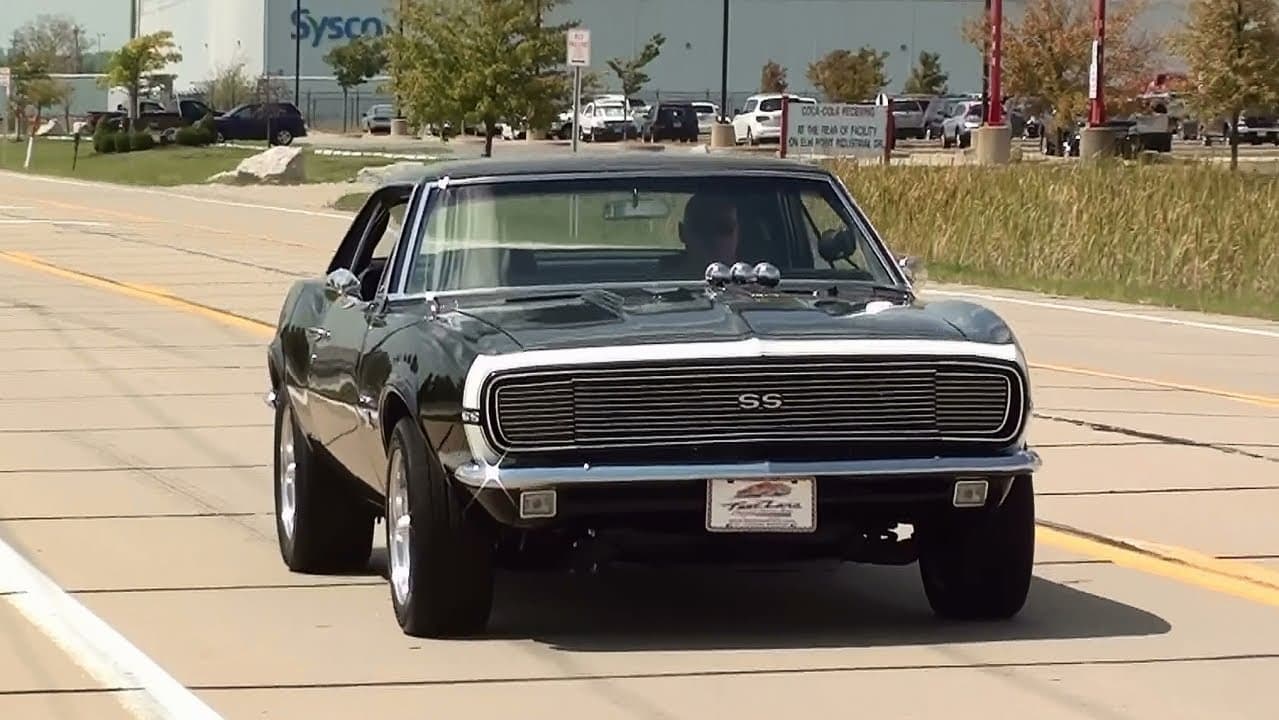
The 1960s saw the birth of the muscle car era, characterized by powerful engines and aggressive styling. Amidst this backdrop, Chevy introduced the Camaro SS in 1967 as a direct response to the Ford Mustang. It wasn’t just a car; it was a declaration of competitive spirit and engineering prowess.
The Camaro SS (Super Sport) was more than just a performance package; it was a symbol of raw power and American engineering. Equipped with a potent 350 cu in (5.7 L) or a 396 cu in (6.5 L) big-block V8, the SS variant distinguished itself with better suspension, sportier looks, and, most importantly, more power. The 1969 model, in particular, with its more aggressive, sharper lines and revised grille, stood out as a muscle car icon.
| Specification | 1967-1969 Chevrolet Camaro SS |
|---|---|
| Engine | 5.7L V8 |
| Horsepower | 295 hp |
| Torque | 380 lb-ft |
| Transmission | 3-speed manual / 4-speed manual / 2-speed automatic |
| 0-60 mph | Approx. 6.5 seconds |
| Top Speed | Approx. 115 mph |
| Weight | Around 3,100 lbs |
| Fuel Type | Gasoline |
1970s: Chevrolet Chevelle SS 454 (1970)

The 1970s were challenging for muscle cars, with rising insurance costs, stricter emission standards, and the 1973 oil crisis. Despite these hurdles, Chevy managed to roll out remarkable muscle cars, with the 1970 Chevelle SS 454 claiming the top spot for this decade.
The Chevelle SS 454, especially with the LS6 engine option, was among the most powerful cars Chevy ever unleashed on public roads. The LS6 variant boasted an earth-shaking 450 horsepower and 500 lb-ft of torque, making it a legend in straight-line performance. It was more than just a speed demon; it was the epitome of 70s muscle car aesthetics, with its broad, square stance, racing stripes, and cowl-induction hood.
| Specification | 1970 Chevrolet Chevelle SS 454 |
|---|---|
| Engine | 7.4L V8 |
| Horsepower | 450 hp |
| Torque | 500 lb-ft |
| Transmission | 4-speed manual / 3-speed automatic |
| 0-60 mph | Approx. 6.1 seconds |
| Top Speed | Approx. 140 mph |
| Curb Weight | Around 3,900 lbs |
| Fuel Type | Gasoline |
1980s: Chevrolet Monte Carlo SS (1983-1988)
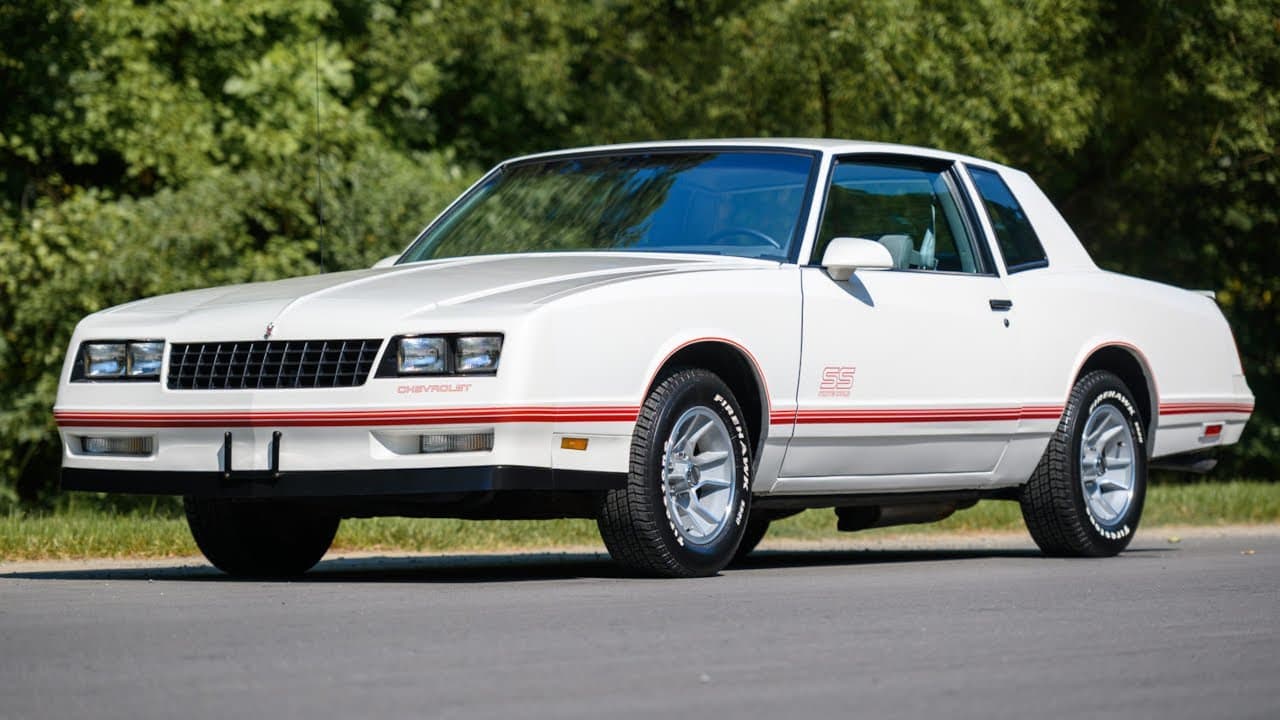
The 1980s saw a shift in the muscle car paradigm. With an increasing focus on fuel efficiency and emissions, the muscle cars of this era adapted to a changing landscape, prioritizing aerodynamics and lighter builds over the raw power of their predecessors.
The Chevrolet Monte Carlo SS, reintroduced in 1983 after a hiatus, represented this new breed of muscle cars. Under the hood lay a 5.0-liter V8, which was admittedly tamer compared to the monstrous power plants of the ’60s and ’70s. Yet, what makes the Monte Carlo SS significant was its sleek aerodynamics, Euro-styled front end, and a sport-tuned suspension that delivered a surprisingly engaging driving experience. It’s a testament to Chevy’s ability to adapt and innovate in the face of changing automotive landscapes.
| Specification | 1983-1988 Chevrolet Monte Carlo SS |
|---|---|
| Engine | 5.0L V8 |
| Horsepower | 180 hp |
| Torque | 235 lb-ft |
| Transmission | 4-speed automatic |
| 0-60 mph | Approx. 8.0 seconds |
| Top Speed | Approx. 115 mph |
| Curb Weight | Around 3,300 lbs |
| Fuel Type | Gasoline |
1990s: Chevrolet Camaro Z28 (1993-1997)
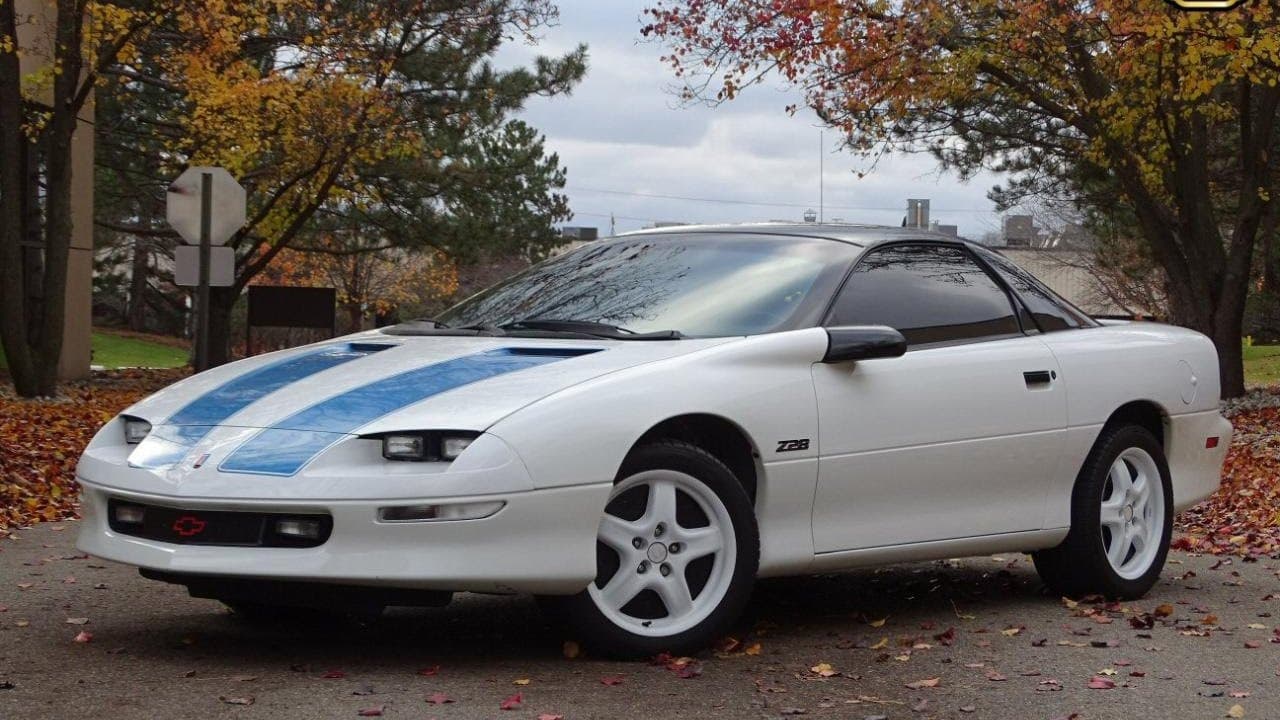
The 1990s ushered in an era where technological advancements and environmental consciousness began to reshape the muscle car landscape. The decade’s standout, the Chevrolet Camaro Z28, managed to strike a fine balance between these evolving demands and the traditional muscle car ethos.
The Camaro Z28 of the early ’90s featured a refined version of the classic small-block V8 – the LT1, derived from the Corvette. Producing 275 horsepower, this engine delivered formidable performance. Notable were the improvements in handling and suspension, moving the Camaro Z28 beyond straight-line acceleration to a more well-rounded driving experience. Its sleeker design and improved interior also echoed the broader automotive trends of the 90s, emphasizing a more integrated and driver-focused approach.
| Specification | 1993-1997 Chevrolet Camaro Z28 |
|---|---|
| Engine | 5.7L V8 |
| Horsepower | 275 hp |
| Torque | 325 lb-ft |
| Transmission | 4-speed automatic / 6-speed manual |
| 0-60 mph | Approx. 6.0 seconds |
| Top Speed | Approx. 140 mph |
| Curb Weight | Around 3,500 lbs |
| Fuel Type | Gasoline |
2000s: Chevrolet Camaro SS (2010)

Although the new millennium technically began in 2000, the 2010 Camaro SS represents a pivotal moment for Chevrolet in the 2000s. After a hiatus in Camaro production, the 2010 model marked a triumphant return to form, embracing both retro-inspired styling and modern technology.
The 2010 Camaro SS paid homage to its 1960s ancestor while thoroughly modernizing under the hood and inside the cabin. Equipped with a 6.2-liter LS3 V8 (for the manual transmission), the car could produce 426 horsepower. This blend of old-school muscle car aesthetics with contemporary performance and comfort struck a chord, resonating with both long-time enthusiasts and a new generation of fans. Its appearance in popular culture, notably in films like “Transformers,” only added to its allure and impact.
| Specification | 2010 Chevrolet Camaro SS |
|---|---|
| Engine | 6.2L V8 |
| Horsepower | 426 hp |
| Torque | 420 lb-ft |
| Transmission | 6-speed manual / 6-speed automatic |
| 0-60 mph | Approx. 4.6 seconds |
| Top Speed | Approx. 155 mph |
| Curb Weight | Around 3,860 lbs |
| Fuel Type | Gasoline |
2010s: Chevrolet Camaro ZL1 (2012-2015)
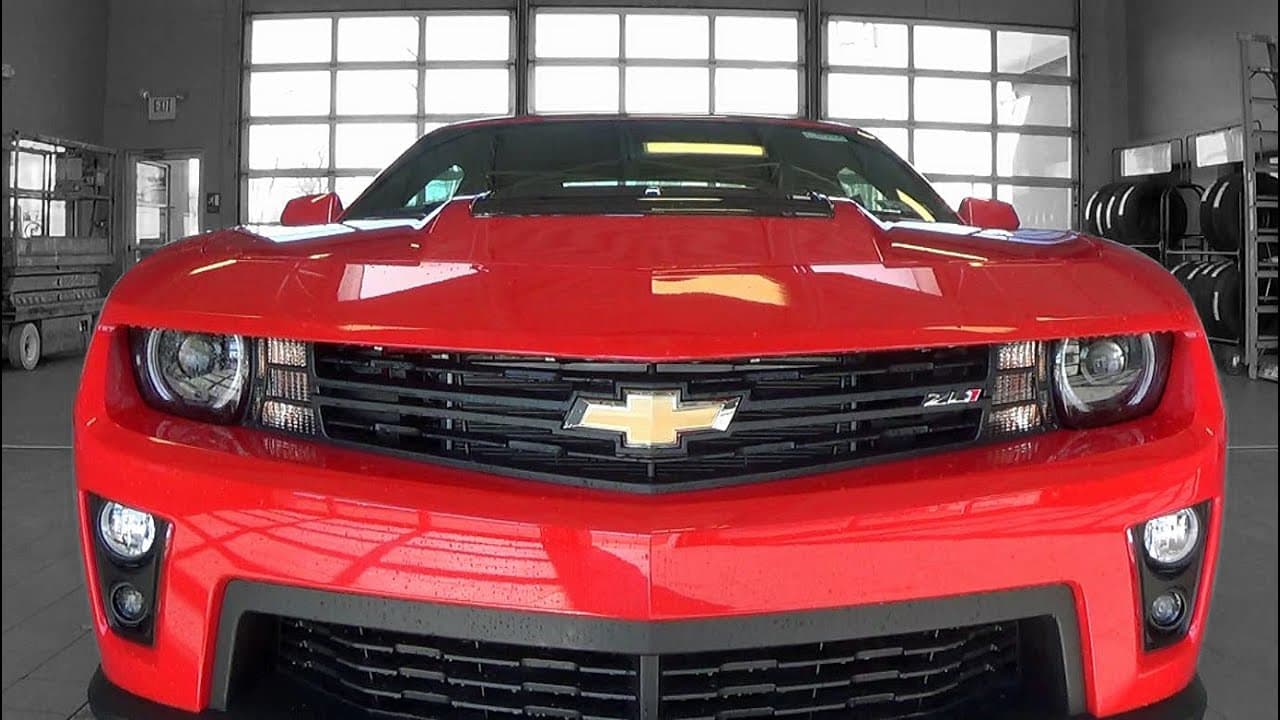
The 2010s saw muscle cars entering an era of unprecedented power and technological sophistication, with manufacturers battling to outdo each other in terms of horsepower, handling, and advanced features.
The Chevrolet Camaro ZL1 of this era encapsulated these trends perfectly. Its supercharged 6.2-liter LSA V8 engine – shared with the contemporary Cadillac CTS-V – produced an awe-inspiring 580 horsepower and 556 lb-ft of torque. Yet, power wasn’t its only party trick. The inclusion of Magnetic Ride Control, Brembo brakes, and a suite of electronic aids meant the ZL1 was not just fast, but also agile and controllable. Its aggressive styling and track-focused upgrades like the aerodynamic bodywork and enhanced cooling systems made it a standout performer.
| Specification | 2012-2015 Chevrolet Camaro ZL1 |
|---|---|
| Engine | 6.2L Supercharged V8 |
| Horsepower | 580 hp |
| Torque | 556 lb-ft |
| Transmission | 6-speed manual / 6-speed automatic |
| 0-60 mph | Approx. 3.9 seconds |
| Top Speed | Approx. 184 mph |
| Curb Weight | Around 4,120 lbs |
| Fuel Type | Gasoline |
2020s: Chevrolet Corvette Stingray (C8) (2020-Present)

The 2020s have witnessed an evolving landscape where electrification and autonomous technologies are gaining prominence. Amidst this, the Chevrolet Corvette Stingray (C8) – though traditionally not labeled a “muscle car” in the strictest sense – represents Chevy’s vision of performance in the new decade.
The C8 marked a radical departure from its predecessors by adopting a mid-engine layout, a first for the Corvette series in its long history. This shift aimed at improving handling and balance, pushing the Corvette into supercar territory. Powered by a 6.2-liter naturally aspirated V8, it offers 490 horsepower (or 495 hp with the performance exhaust). The car’s ability to deliver 0-60 mph times under 3 seconds, sophisticated driver aids, and a surprisingly refined interior, set a new standard for American sports cars in the modern era, blending tradition with cutting-edge technology.
| Specification | 2020 Chevrolet Corvette Stingray (C8) |
|---|---|
| Engine | 6.2L V8 |
| Horsepower | 495 hp |
| Torque | 470 lb-ft |
| Transmission | 8-speed Dual-Clutch Automatic |
| 0-60 mph | Approx. 2.9 seconds |
| Top Speed | Approx. 184 mph |
| Curb Weight | Around 3,366 lbs |
| Fuel Type | Gasoline |

